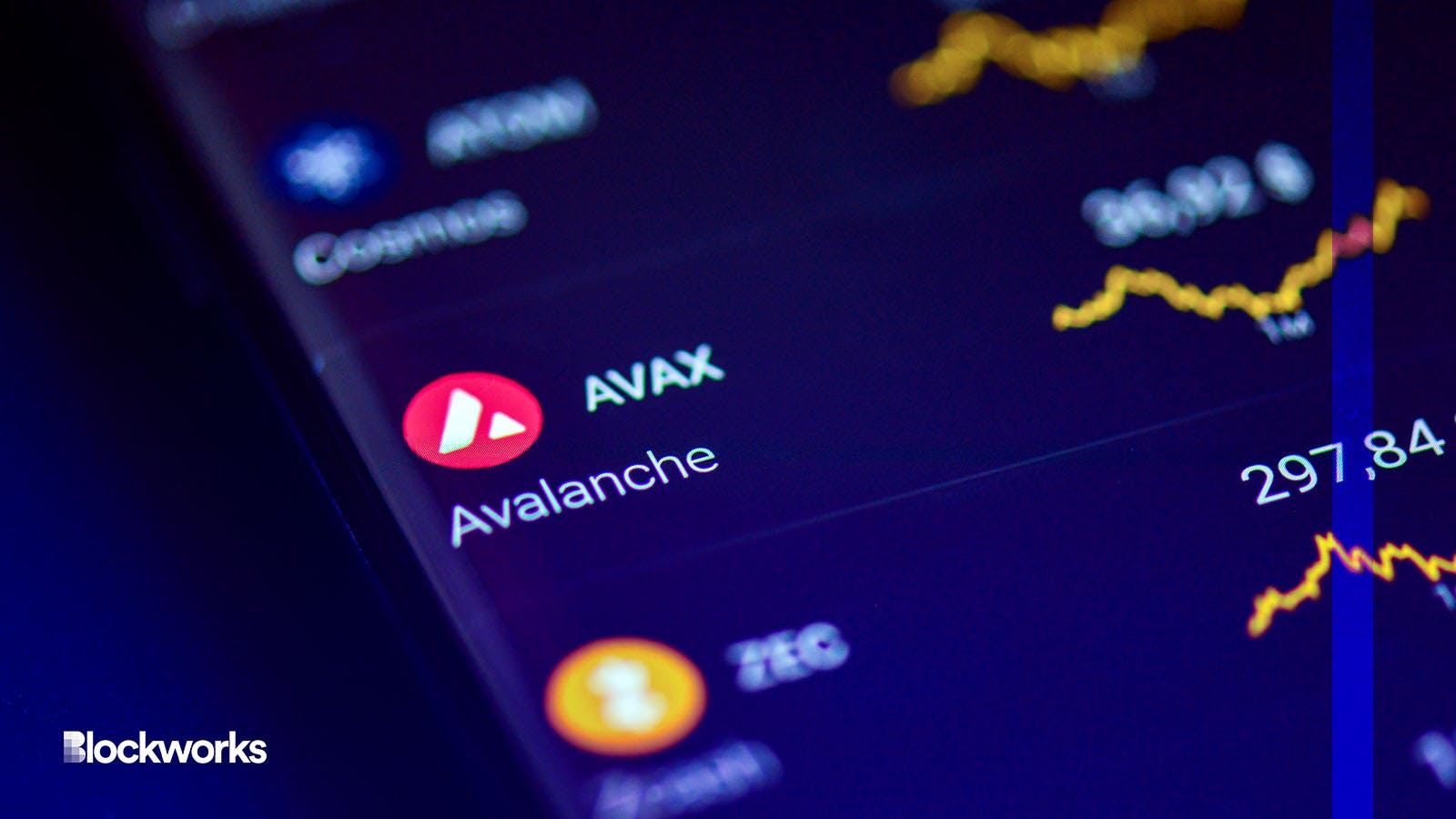Nansen defends its Avalanche research after Crypto Leaks’ accusations
Crypto Leaks claims Nansen’s “glowing” coverage of Avalanche is influenced by a business relationship with Ava Labs

Vector-3D/Shutterstock, modified by Blockworks
Crypto Leaks is once again probing industry shortcomings, this time scrutinizing blockchain analytics company Nansen for alleged flawed research.
The publication alleged that Nansen released favorable reviews on the Avalanche blockchain, even though their blockchain analytics suggest that much of the protocol’s activity is actually generated by automated bots.
In an Aug. 29 report, Crypto Leaks quoted Marcel Buen, a senior Nansen leader, stating he would not invest in Avalanche due to “the fact that most of the traction was faked and centered around a very few users.”
Crypto Leaks further alleged that Nansen’s “glowing” coverage of Avalanche stems from a business relationship with Ava Labs, the for-profit company behind the protocol. They characterized Avalanche as a “copy of Ethereum,” but with a faster proof-of-stake consensus system.
Nansen engineer questions Avalanche’s true user base
Crypto Leaks published videos of its discussion with Marcel Buen from Nansen, who oversees the firm’s technical blockchain analytics functions.
Buen is seen pointing out discrepancies in Avalanche’s reported activity, noting that much of it was actually taking place on a standalone blockchain — or subnet — that housed tokens for a play-to-earn Web3 game called Crabada. The game has since been inexplicably shut down.
He also expresses uncertainty about Avalanche’s user base.
“I would say, looking at the user base last year, it didn’t seem very promising. I don’t know if this will work out or not,” Buen said.
“I don’t think Avalanche has shown really good traction…if you did some kind of weak analysis on who was actually on the chain, you would see that like 80% was bots playing Crabada,” he added.
The outlet further stated that Nansen’s advanced blockchain analytics platform would have easily allowed them to detect bot activity on Avalanche.
This is because individual accounts were found generating new transactions around the clock, something unlikely for real human users who need to sleep.
Despite knowing that bots were driving most of the activity on Avalanche, Crypto Leaks said they continued to portray the blockchain as a “fantastic investment opportunity.”
Data from Nansen indicates that the daily active addresses on the Avalanche C-chain ranged between 25,000 and 117,000 in the second quarter this year.
A Nansen spokesperson hit back at the Crypto Leaks report, stating that the remarks from the Nansen engineer were selectively presented and taken out of context, as the full interview was not released.
“His commentary was focused on data and events of the past, Crabada was a 2022 trend, while the specific report from us cited was referencing Q2 2023 and focused on their C-chain, which Crabada has moved out of,” the spokesperson told Blockworks, citing a report covered by CoinDesk.
The spokesperson added that Nansen’s analysis aims to spotlight trends and on-chain activities at specific times, rather than endorsing any protocol as an investment. Where applicable, its reports on Avalanche have pointed out declines in activity, they said.
Ava Labs didn’t return Blockworks’ request for comment by press time.
Ava Labs previously accused of faking social media accounts
In April, Crypto Leaks accused Ava Labs of deploying thousands of fake “astroturf” social media accounts to manipulate public opinion and claimed that this strategy helped the company sell their AVAX tokens, disparage competitors and deceive their community.
Last August, the outlet alleged that Ava Labs had a secret agreement with attorney Kyle Roche to undermine competitors through class-action lawsuits and divert regulatory attention. Within two months of the accusation, Roche was let go by his law firm.
Emin Gün Sirer, CEO of Ava Labs, dismissed the report as “conspiracy theory nonsense.”
Updated Aug. 31, 2023 at 9:20 am ET: Added additional context.
Get the news in your inbox. Explore Blockworks newsletters:
- The Breakdown: Decoding crypto and the markets. Daily.
- 0xResearch: Alpha in your inbox. Think like an analyst.






